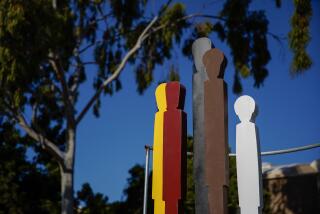Neil Armstrong kept “space souvenirs” from Apollo 11 in his home
Neil Armstrong, the first man to set foot on the Moon, for decades kept the camera he used to document his first steps on the lunar surface in a bag discovered at his home after his death and containing other space souvenirs from the Apollo 11 mission and now the items will become part of the collection at Washington’s Smithsonian museum complex.
The National Air and Space Museum will take custody of the collection of 20 items that Armstrong kept for more than 45 years and which his widow Carol Armstrong recently found in a dresser at their home, the institution said on its Web page.
Museum historians and NASA experts have worked together to identify the objects, which include the white bag designed especially to hold objects of the space missions that appear in photographs from the time period.
According to the transcripts of conversations among the astronauts on the Apollo 11 mission, Armstrong referred to the contents of the bag known by astronauts as a McDivitt Purse, used for temporary storage of small items as “just a bunch of trash that we want to take back, LM parts, odds and ends.”
The items in the bag, however, now represent historical treasures of inestimable value to the museum.
“Needless to say, for a curator of a collection of space artifacts, it is hard to imagine anything more exciting,” Allan Needell, a curator in the Smithsonian’s Space History Department, wrote on the museum blog.
“As far as we know, Neil ... never discussed the existence of these items and no one else has seen them in the 45 years since he returned from the Moon,” Needell wrote.
Besides the 16 mm movie camera that recorded mankind’s first steps on the Moon in 1969, the bag contains several cables, protective netting, a mirror, a waist tether, utility lights and other odds and ends of astronaut gear.
Armstrong died in August 2012 at age 82 from complications resulting from heart surgery, but he made history when he stepped from the lunar module onto the surface of the Moon on July 20, 1969, along with Edwin “Buzz” Aldrin, while Michael Collins circled the satellite overhead in the command module.







